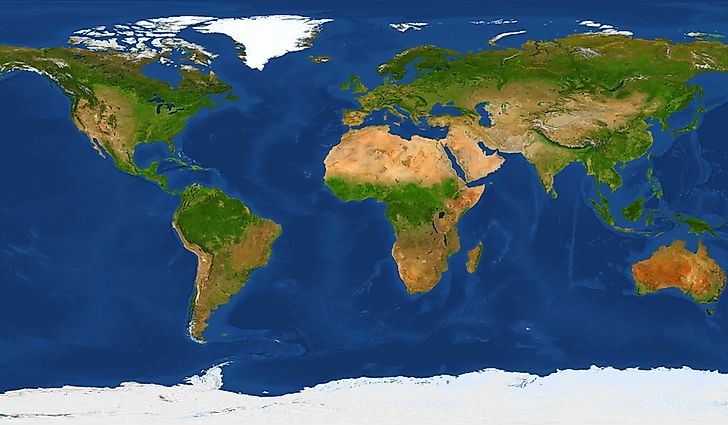What Was The Clipper Route?

The Clipper Route was a traditional shipping route that was used by the clipper ships to travel between Europe and the Far East as well as to New Zealand and Australia. Clipper ships were fast sailing ships of the 19th century that were equipped with multiple sails supported by three masts and a sturdy square rig. The route was necessitated by the unavailability of a faster route through the Suez region at the time.
History Of The Clipper Route
Between the years of 1840 and 1870, the clipper ships came into prominence to facilitate the tea and opium trade that was booming at the time but had no faster means of transporting the commodities between Europe and Asia. The clipper ships were of English origin, and most were assembled there before they were put to use by other countries like America. The trip was long and Hazardous as it passed through areas that had terrible weather conditions and many ships were wrecked in storms especially around an area of Cape Horn. Tea would be transported from the port of Fuzhou in China to London, a trip that took very long even with the use of the very fast clipper ships. Of all the routes used by the clipper ships, the Brouwer Route was the most preferred by sailors because it was the shortest compared to the other routes like the Arab and Portuguese routes. The Brouwer route was discovered by the explorer Hendrick Brouwer in 1611, and was used by sailors from the Cape of Good Hope in South Africa to the Dutch East Indies. The British tried to create their route modeled like the Brouwer route, but it ended in disaster for lack of accuracy in determining the longitudes and latitudes.
The Route
The outbound journey involved ships leaving England and traveling down the Atlantic Ocean towards the Equator. They would then continue through South Atlantic Ocean aided by the natural winds and currents passing close to Trindade. After this point the ships would encounter the icy climate of the south and the risk of getting wrecked by icebergs was always imminent. The only reason this route was used was because that it was faster than the safer route that was up north. Captains of the clipper ships preferred the risk of running into an iceberg rather than arriving at their destinations late. The return trip back home would continue further east. The ships that traded in Australia, their route would start from Wellington and pass through the Cook Straight. The route would continue further south where there was more ice towards the dreaded Cape Horn with its extreme winds and currents coupled with sporadic cyclones. The ships that survived the Cape Horn would then continue up the Atlantic relying on natural winds and currents to finally return to England. The journey was long and usually covered distances of about 14,750 miles one way.
Benefits Of The Clipper Route
The clipper route revolutionized trade in the 19th century, and it opened up new lands which led to the discovery of new products that were added to the roster, and this created more business opportunities both in England and the countries that were along the route. The clipper route made it possible for great engineering feats, like the building of ships. The clipper ships were marvellous creations that were later used as the standard blueprints in the shipbuilding industry.











